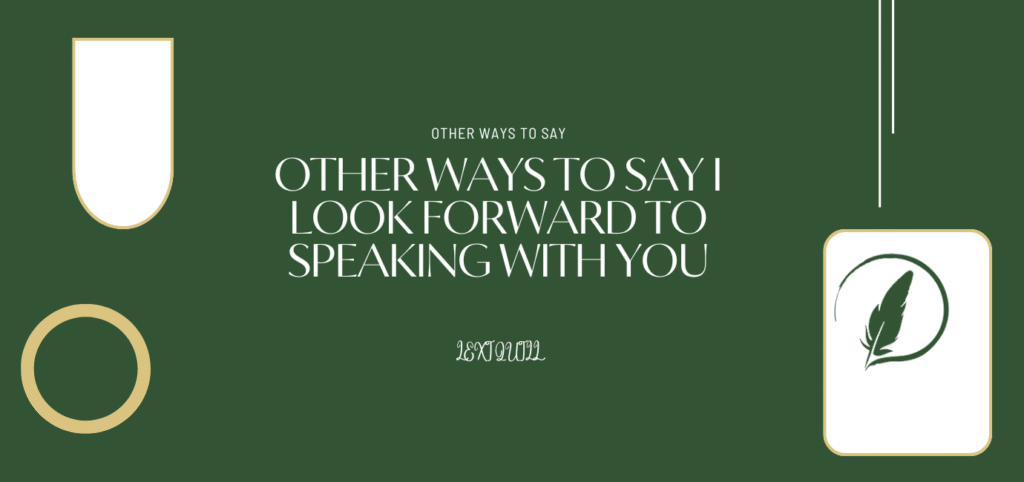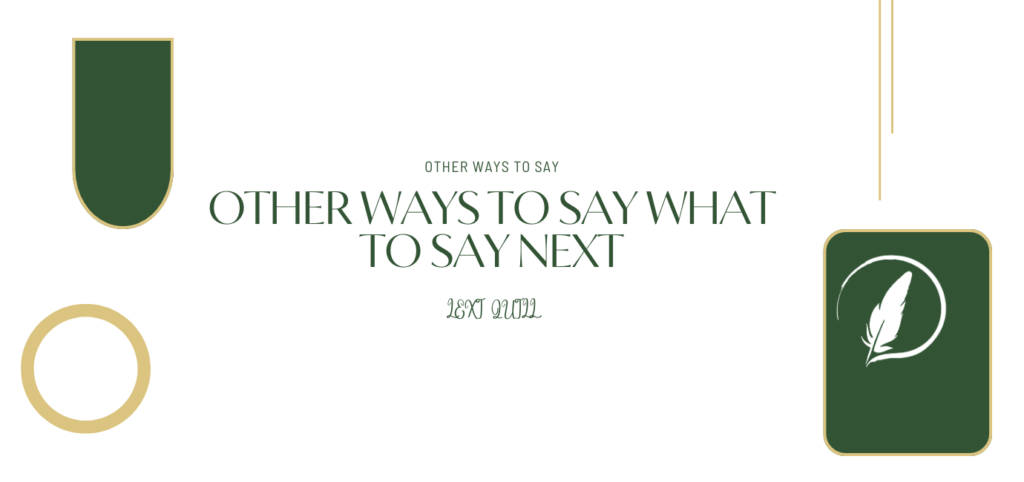Concluding a story with “The End” is a classic and time-honored approach. It delivers a sense of closure and clarity to the reader, signaling that the tale has reached its natural conclusion. However, for writers looking to make a more creative, emotional, or genre-specific impact, there are many other expressive ways to end a narrative. Whether you’re crafting a novel, short story, screenplay, or even a children’s book, choosing a more imaginative phrase can elevate your storytelling and leave a stronger impression on your audience.
Why Use Alternatives?
To Leave a Stronger Impression
Words matter—especially at the end of a story. The last phrase a reader sees can shape how they remember your entire piece. A powerful or fitting closing line can resonate far beyond the final page.
To Match the Story’s Tone
Not every tale warrants a simple “The End.” A romantic narrative might benefit from something more whimsical or dreamy, while a thriller could end on a mysterious or suspenseful note. Matching your ending phrase to your genre and tone ensures consistency and deepens the impact.
To Add Emotional Depth
Some endings are meant to stir emotion—whether it’s joy, sadness, wonder, or curiosity. The right final words can underscore the emotions you’ve built throughout the story and help them linger in the reader’s mind.
To Hint at Continuation
In serial storytelling, or even when leaving a door open for a sequel, a creative alternative can hint that the story isn’t over just yet.
Alternative Phrases for “The End”
1. And So It Was
This poetic phrase offers a soft, reflective ending. It suggests acceptance and a sense of finality, often used in stories with a contemplative or philosophical tone.
Example: “And so it was, the journey came to a close.”
2. To Be Continued…
A classic cliffhanger line used in serialized fiction, this phrase leaves readers in suspense and eagerly awaiting what’s next.
Example: “The adventure wasn’t over yet. To be continued…”
3. Happily Ever After
Ideal for fairytales, love stories, or stories with a hopeful conclusion. It brings a warm, nostalgic sense of closure.
Example: “And they lived happily ever after.”
4. That’s All, Folks!
Popularized by Looney Tunes, this playful and humorous phrase works well for lighthearted or comedic stories. It adds a sense of charm and familiarity.
Example: “And just like that, the tale ends. That’s all, folks!”
5. And They Were Never Seen Again
A mysterious, dramatic closing that leaves readers with questions. It works especially well in horror, crime, or supernatural stories.
Example: “He vanished into the night, and they were never seen again.”
6. The Story Lives On
This phrase evokes the idea that the events or lessons of the story continue beyond the pages. It’s especially effective in historical fiction, family sagas, or epic adventures.
Example: “Though this chapter closes, the story lives on.”
7. For Now, This Is Goodbye
A gentle farewell that implies the story might return. It can convey warmth, sadness, or hope depending on the context.
Example: “For now, this is goodbye, but who knows what the future holds?”
8. Until We Meet Again
Perfect for heartfelt or emotional farewells, this line leaves the reader with a sense of connection and reunion.
Example: “This is where our story ends—until we meet again.”
9. The Curtain Falls
A dramatic, theatrical phrase used to signify the end of a performance. It suits dramatic fiction or stories with a performative flair.
Example: “As the last words were spoken, the curtain falls.”
10. Fin
Short, classic, and timeless—“Fin” is traditionally used in cinema or visual storytelling, especially in foreign or old-fashioned contexts. It adds elegance and a sense of completeness.
Example: “The sun set on their adventure. Fin.”
Final Thoughts:
The way you end your story says a lot about how you want it to be remembered. Whether you’re aiming to evoke laughter, tears, or anticipation, the closing phrase can either cap off your tale or leave readers wanting more. By choosing a creative or fitting alternative to “The End,” you tailor the conclusion to your narrative’s tone, structure, and emotional weight. Explore different endings and see which one best captures the heart of your story.








